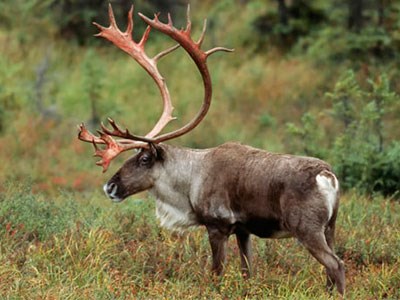The Canadian Parks and Wilderness Society (CPAWS) finds there’s been “spotty progress” made on protecting woodland caribou habitat in the province.
The Toronto-based conservation group said Ontario is “lagging” behind other provinces is protecting the species and in having federally-mandated plans in place to restore caribou populations by 2017.
"In Ontario, we are deeply concerned that the situation for boreal caribou has not improved in the past 12 months," said Anna Baggio, CPAWS’ director of conservation planning, in a Dec. 14 press release.
Signs of positive change and government policy action are evident in Saskatchewan, Manitoba and Alberta, but not much is happening in Ontario.
"We've had six years of promises and talking from Ontario and not one hectare set aside for caribou habitat protection," said Baggio.
The group claims three caribou populations are in “long-term decline” and about 40 to 50 per cent of their original range has been lost. They attribute that to forest operations, road building, and other development activity.
"Until Ontario turns the tide on increasing disturbance in caribou habitat, the long-term survival of this species is in jeopardy," Baggio said.
The Ontario Forest Industries Association (OFIA) countered that there is no “caribou crisis” and provincial government data demonstrates the populations “are persisting in Ontario.”
Although woodlands caribou is listed as a threatened species, OFIA CEO Jamie Lim said caribou “remain abundant in Ontario and their habitat is well protected.”
Lim said $11 million has been spent by the Ministry of Natural Resources and Forestry on more than 50 scientific projects to get a better handle on their populations.
OFIA insists the majority of the caribou’s “core range” from the 1950s remains intact, and has even expanded in some areas. The group attributes that to a “productive partnership” between the ministry and the industry in collaborating on forest management planning to ensure a “supply of connected, suitable habitat” for caribou for the long term.




